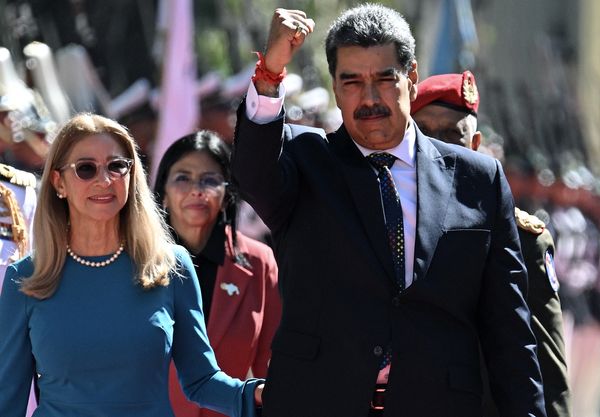Content warning: this story deals with infant loss and human remains acquired historically for use within museum contexts.
A collection of fetal and baby skeletal remains at the University of Otago’s W.D. Trotter Anatomy Museum shows how those on the margins of 19th and early 20th century New Zealand society contributed to medical knowledge – with or without the consent of their loved ones.
The museum is a repository for more than 2,000 anatomical models and “specimens”. It is largely unknown how many of these remains came to be part of the museum’s collection.
But our new analysis of the skeletal remains and associated historical records of babies in the collection from pre-birth to up to one year old show they were largely born to unmarried mothers or lower-class families.
The museum’s collection mirrors a global historical phenomenon where the bodies of society’s most vulnerable — such as infants, the poor, and the marginalised — were used for medical education.
The origins of anatomical collections
New Zealand’s 1875 Anatomy Act mirrored British laws that allowed the use of unclaimed bodies from public institutions, like hospitals and asylums, for anatomical study.
These laws disproportionately affected impoverished families. Hospitals were able to retain custody of the deceased when families lacked financial means for burial or an individual’s body lay “unclaimed”.
Our archival analysis focused on the University of Otago Register of Anatomical Material of body acquisitions from 1876-1941 and associated birth and death certificates.
We were looking for the remains of babies less than one year of age (the medical meaning of infant). We found skeletal remains ranging from five months in-utero up to three months of age.
The skeletal analyses found there were at least 32 infants, and a range of bones from individuals of different ages.
Seven of the 18 infants with records available were born to unmarried mothers, and many were from working class families.
Many of these babies were stigmatised as “illegitimate” and their mothers were often forced to birth in homes for the unmarried.
There is evidence for two dying from birth trauma, one including the possible use of forceps during birth. There is evidence for dissection on some individuals.
There are also four individuals with developmental anomalies whose remains may have been kept for dissection and education as examples of anatomical “oddities.”
Although the archival analysis of age and cause of death are similar to our skeletal analysis, we cannot determine which remains belong to specific individuals.
The structures keeping babies from families
It can be argued that structural violence – the harm inflicted by societal structures and institutions — played a central role in the lives of these mothers and infants. It is part of the reason they were included in the collection.
For example, this was a period when single mothers found themselves in charity-run homes where their children were more likely to be relinquished to medical institutions.
This coincided with a push for the development of anatomical collections by physicians who held significant power within the medical systems at the time.
The uneven power-balance between the mothers and those around them may have made it harder for the families to retain their babies’ remains.
Prioritising respect and consent
Today, the existence of such collections raises challenging ethical questions, and we acknowledge the sensitive nature of studying these remains.
How do we reconcile the scientific value of these remains with the history behind their acquisition? Can the study of these collections offer insights without perpetuating historical injustices?
At present the remains are carefully curated within the museum. These skeletal remains are invaluable for teaching in anatomy.
By doing this new research, we can better inform ourselves of the ethical challenges of teaching with these remains and inform students of when and how they were acquired.
The stark contrast between historical and modern ethical standards is evident in New Zealand’s Human Tissue Act 2008, which mandates explicit consent for the use of human remains.
As we navigate the legacy of these collections, it is important to contextualise them within their historical framework.
This requires acknowledging the social inequities that led to their creation and ensuring contemporary practices prioritise respect and consent.
This work is dedicated to the babies who died and were subsequently kept in the W.D. Trotter Museum.
Sian Halcrow receives funding from the Royal Society Te Apārangi.
Megan Southorn received funding from a University of Otago Doctoral Scholarship and the Maurice and Phyllis Paykel Trust.
Stephie Rose Lončar does not work for, consult, own shares in or receive funding from any company or organisation that would benefit from this article, and has disclosed no relevant affiliations beyond their academic appointment.
This article was originally published on The Conversation. Read the original article.







